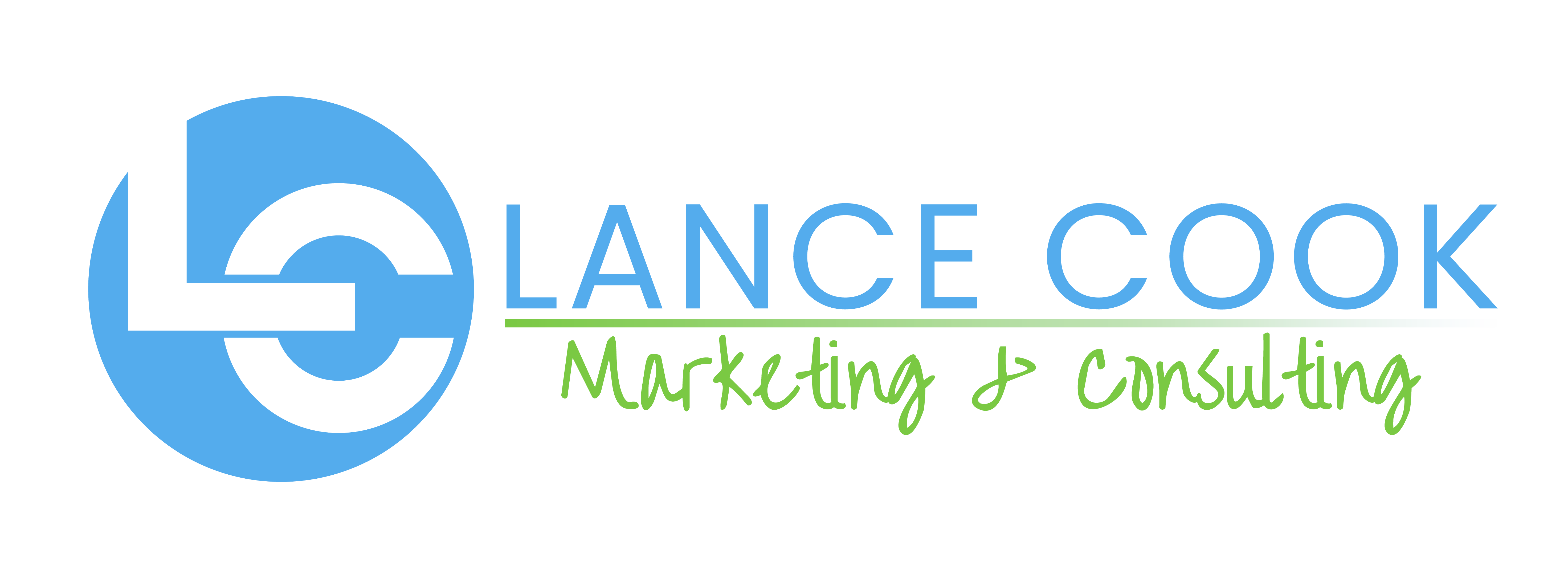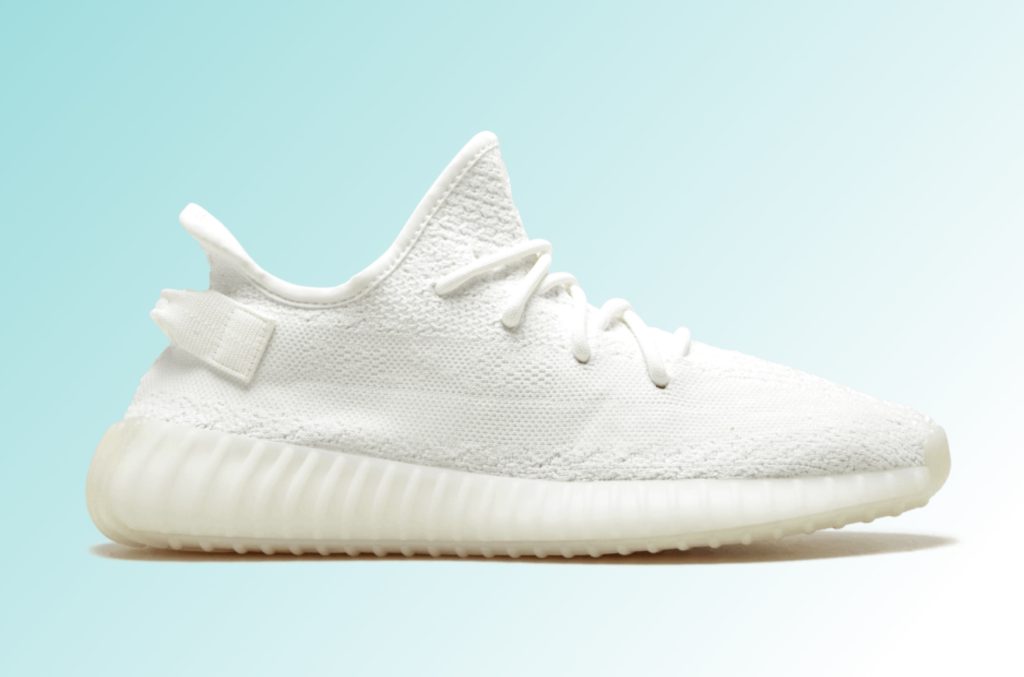On April 29, 2017, Adidas released a new color of their Yeezy Boost 350 V2 shoes. Devoted Yeezy fans pre-order theirs for $220 a pair, and within minutes, the shoes were sold out. If you’re wondering if a pair of shoes is really worth $220, for enthusiasts of Yeezy shoes, debating the quality and functionality of the shoe is irrelevant. The brand is the most important thing.
While it may seem strange to buy such an expensive pair of shoes, think about some of your most recent purchases. Unless you’re a budget shopper, you’ve probably spent a little more for a product because of the brand. You bought because of the brand image.
Small businesses don’t have the ability to hire a celebrity like Kanye to develop and push their products. But with a celebrity or not, branding is still essential for the success of a business. In fact, a visible and relatable brand matters as much as the actual product or service you’re selling.
Developing a brand identity doesn’t have to be hard. In this post we’ll show you how to get started!
Who Is Your Ideal Customer?
So your business needs a brand. Where do you start? We’ve found that the starting block for creating a brand is in understanding your customer base and their perception of you.
Think again about recent purchases you’ve made. Why did you choose one product over another? It was probably in large part because of the perception associated with it. People will buy a product because of what it says about them, not the company. This is why people will pay a little more for “farm fresh” foods, or Yeezy’s, and other premium products. Sometimes the product is actually better, but more often than not, the products differ very little from their competitors. The difference is the perception and branding of the company. People buy Yeezy’s because they want to associate themselves with stylish people. People buy “farm fresh” or organic foods because they want to feel like they are helping the environment and eating healthier.

Each small business will have a different audience and approach to reaching them. So what will your brand say? Here are 5 questions to consider as you develop your company brand:
- Is your brand true to yourself?
- Is your brand true to your company values?
- What emotion do you want your customers to feel when they use your service or product?
- Quality aside, why will customers choose your service over a competitor’s?
- What niche are you marketing to?
Plan, Publish, Maintain
After determining your audience and brand perception, you need to paint a consistent picture of your company. This is not an easy task, but it’s worthwhile. It can take form in the content you publish across all platforms.
Where Can You Showcase Your Brand?
- Google Business Listing: This is one of the most visible areas for your business. While the format is standardized, your pictures and descriptions will help customers form positive opinions about your company as they search for you online.
- Social Media: Love it or hate it, but it’s no secret that social media is an amazing avenue for small businesses to reach customers. While it may seem daunting, there are many resources available to help you get the most out of your social media presence. Jump provides detailed analytics about customer interaction as well as the ability to schedule posts on social media.
- Website: Include a blog area on your website where you can share success stories, product changes, and other meaningful content about your business. The photos, rhetoric, and information on your website will help customers connect to your brand.
- Emails: If it fits your business, an email subscription can help you reach your audience with consistent content. These emails can include updates about your products, links to other worthwhile content, images, or stories that all connect your customers to the brand you’ve created.
You’ll want to publish content consistently. For some businesses, that may be every day on Instagram or Twitter. Another business may find that a weekly email is enough to keep up with customers. It looks different for every business, but it keeps you relevant and accessible in the eyes of the consumer. However you choose to market, make it consistent and meaningful.
Final Tips
Other ways to develop and maintain your brand are commenting on reviews, sharing success stories, and reaching out to understand the changing needs of your customers. Do whatever it takes to keep your brand personal and accessible.
Nothing will ever make starting and maintaining a small business easy. However, publishing exceptional content and establishing a brand will go a long way in drawing new customers to you and having them choose you again and again.


